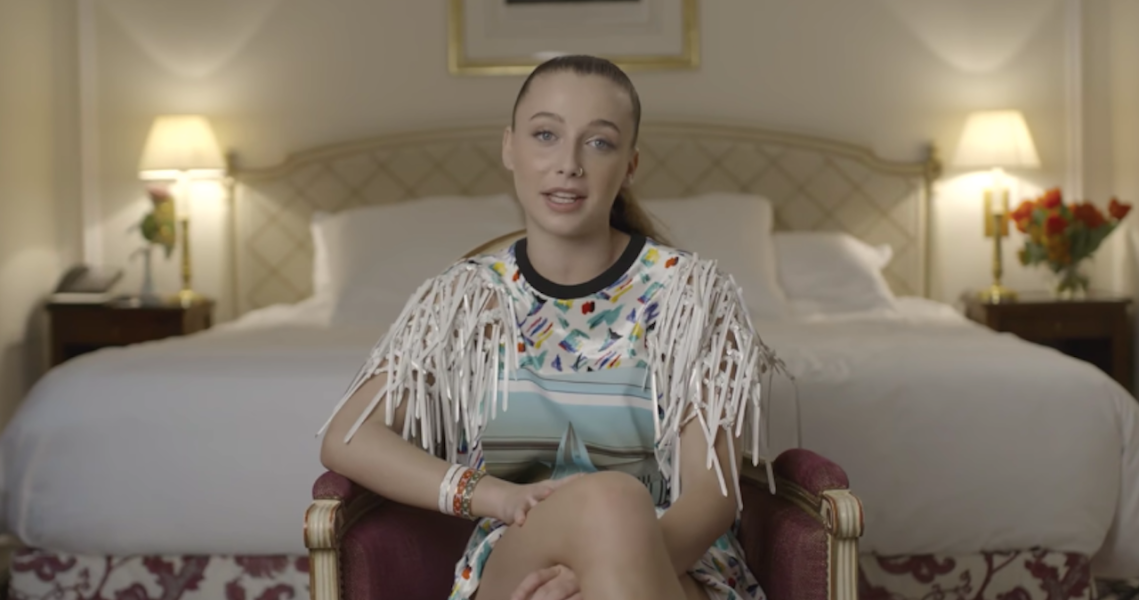Ana Andjelic is a brand strategist and sociology expert.
Institutional fashion and YouTube have been uneasy friends, the hiring of exuberant Derek Blasberg notwithstanding. Make an unsavvy move, and your poetry-inspired, impeccably crafted mood video may wind up in a cesspool of conspiracy theorists, mass shooters and incels. Or, you could invest your entire advertising budget on a long-form art film and find yourself with no tangible return on the spend.
At the same time, bag review videos, unboxing videos and live-streaming shopping videos are all the rage, especially in Asia. They are instructional and homemade, and they clock enviable viewership and engagement, often considerably surpassing that of professionally produced videos featured on luxury fashion brands’ official channels.
YouTube’s U.S. revenue is $5.3 billion, compared to Instagram’s $9.1 billion. There is room for growth. There is also room to strategically explore scenarios that turn YouTube into a viable and desirable part of luxury fashion’s media mix.
At the moment, luxury fashion brands use YouTube mostly as their distribution channel. Chanel, Gucci and Dior all post their campaign videos and footage of their fashion shows. They are not looking to monetize this content, but rather, they treat YouTube like TV. On TV, no one knows what works. Most of the time, luxury fashion houses do not measure efficacy of their YouTube content distribution. Those that do, like premium fashion brand Kate Spade, have reported increased site traffic but minimal conversion.
Then, there are those that create original content for YouTube. Some of these videos are sparsely watched but heavily subsidized by YouTube, like Naomi Campbell’s “Being Naomi” YouTube channel. Some, like Net-a-Porter, offer a portfolio of videos, including how-tos, travel tips, exercise hacks and celebrity-focused clips. Others strive to capture a piece of cultural conversation, like Gant’s “Flipping the Ladder” documentary. All of them run into an inherent cultural clash between the internet and luxury. YouTube’s scrappy, bedroom-produced video tutorials are interactive and community-oriented, designed to invite intimate relationships and nurture engagement. Luxury fashion’s videos are the opposite: polished and perfectionist works of art, created with the same rigor and budget as a brand film, a fashion show or a print ad. There’s a yawning cultural disconnect.
There are, of course, brands that partner with YouTube creators, like Louis Vuitton did with Emma Chamberlain. This partnership boosted Louis Vuitton’s YouTube following, but it didn’t seem to have done much else for the brand. Emma Chamberlain fans watched her Louis Vuitton videos because they love her and everything she does, not because they like (or can afford) Louis Vuitton.
Ad position: web_incontent_pos1
Louis Vuitton is not alone; too often, luxury fashion brands take shortcuts when it comes to reaching millennials. Brands like Dior and Chanel also court YouTubers, DJs, singers and Korean boy bands. These activations are at odds with their more traditional media buys. Rather than indicating “democratization” of luxury, they mostly demonstrate the lack of a clear and integrated marketing strategy. Luxury fashion brands that will succeed are those that do not appropriate the mass-marketing tactics (remember the Gucci video game?), but they instead adapt to the internet culture without losing their plot.
The most popular videos on Naomi Campbell’s channel feature her shopping at Whole Foods and sharing her beauty tips. They offer a glimpse into what kind of content works on YouTube and, consequently, what kind of content luxury fashion brands should be investing in more. How-to styling videos, unboxing videos and QVC-meets-the-internet videos are all still untapped by luxury fashion brands. On YouTube, viewers want real people with real talk doing real-world things, not the perfectly crafted dreamscapes of luxury videos.


